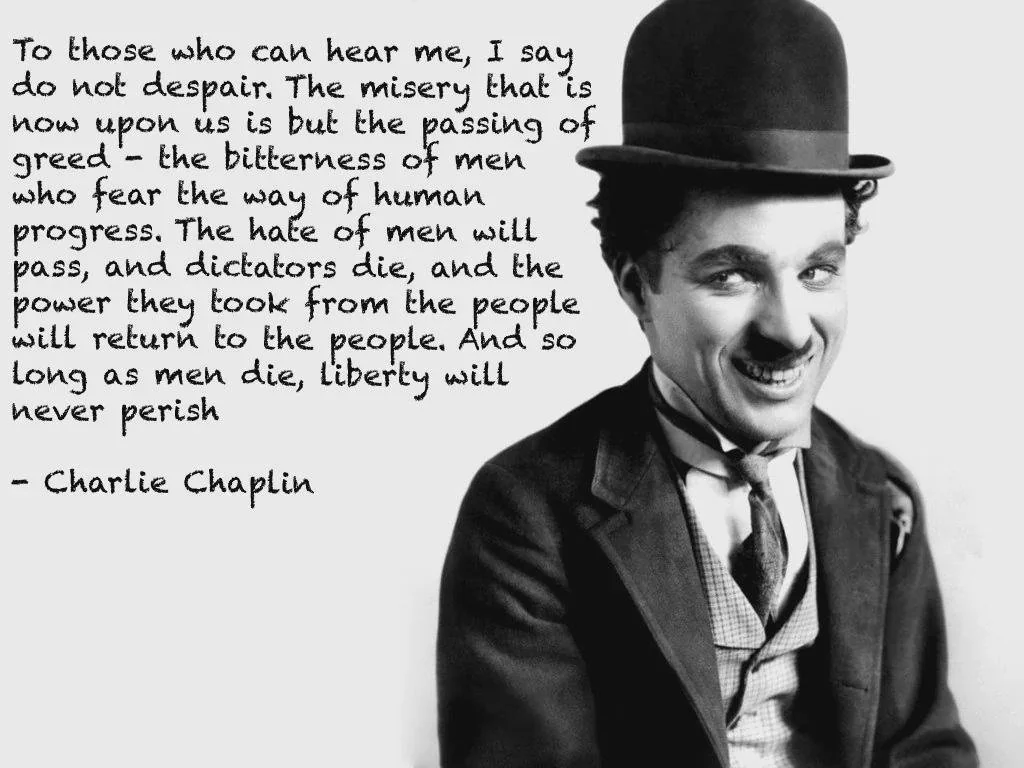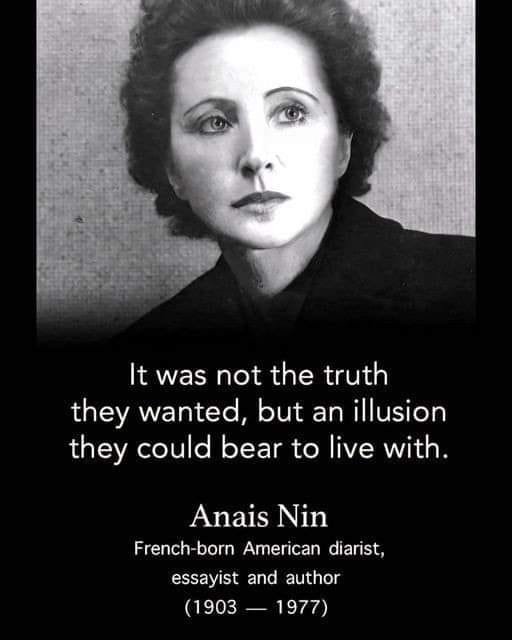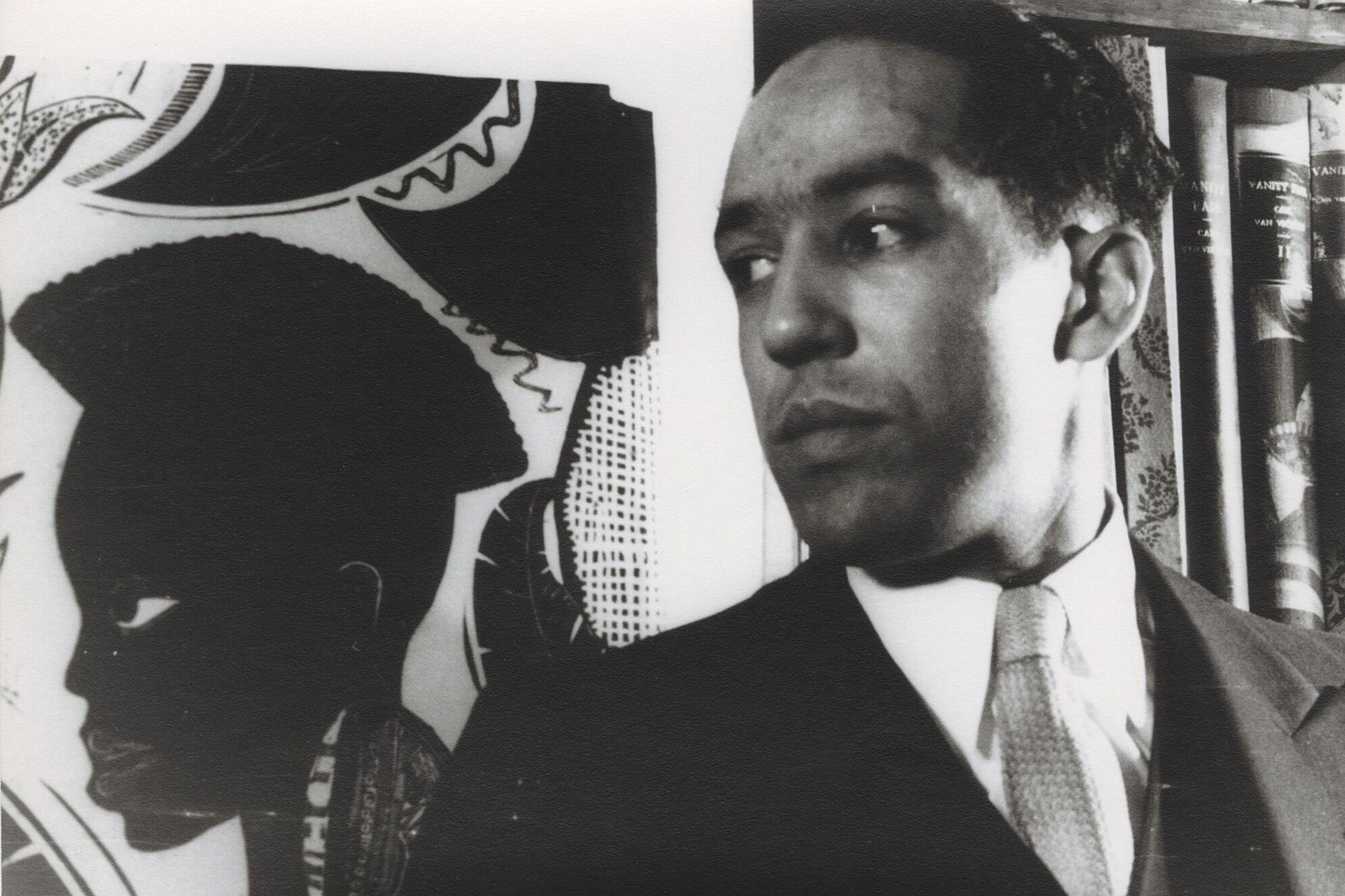Blog
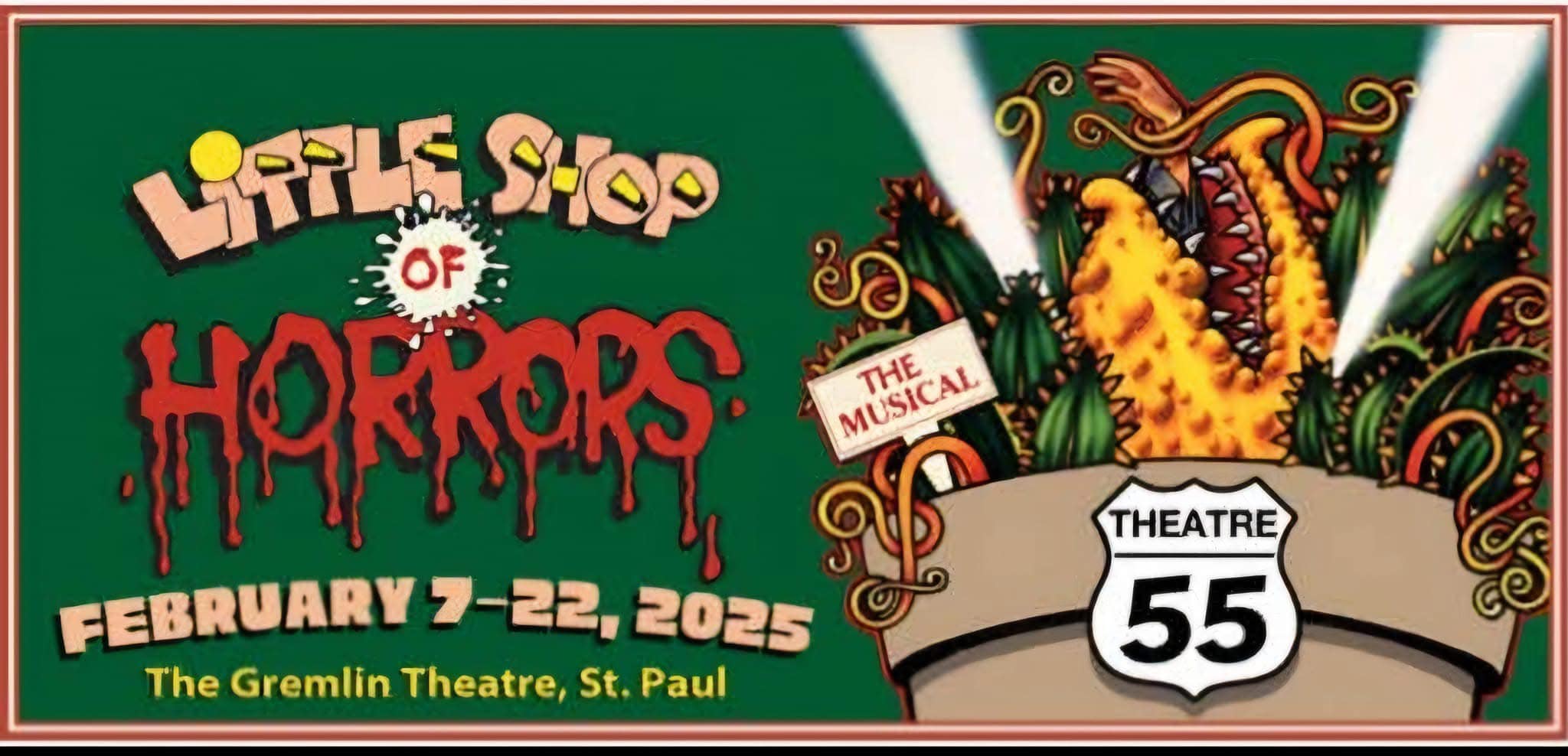
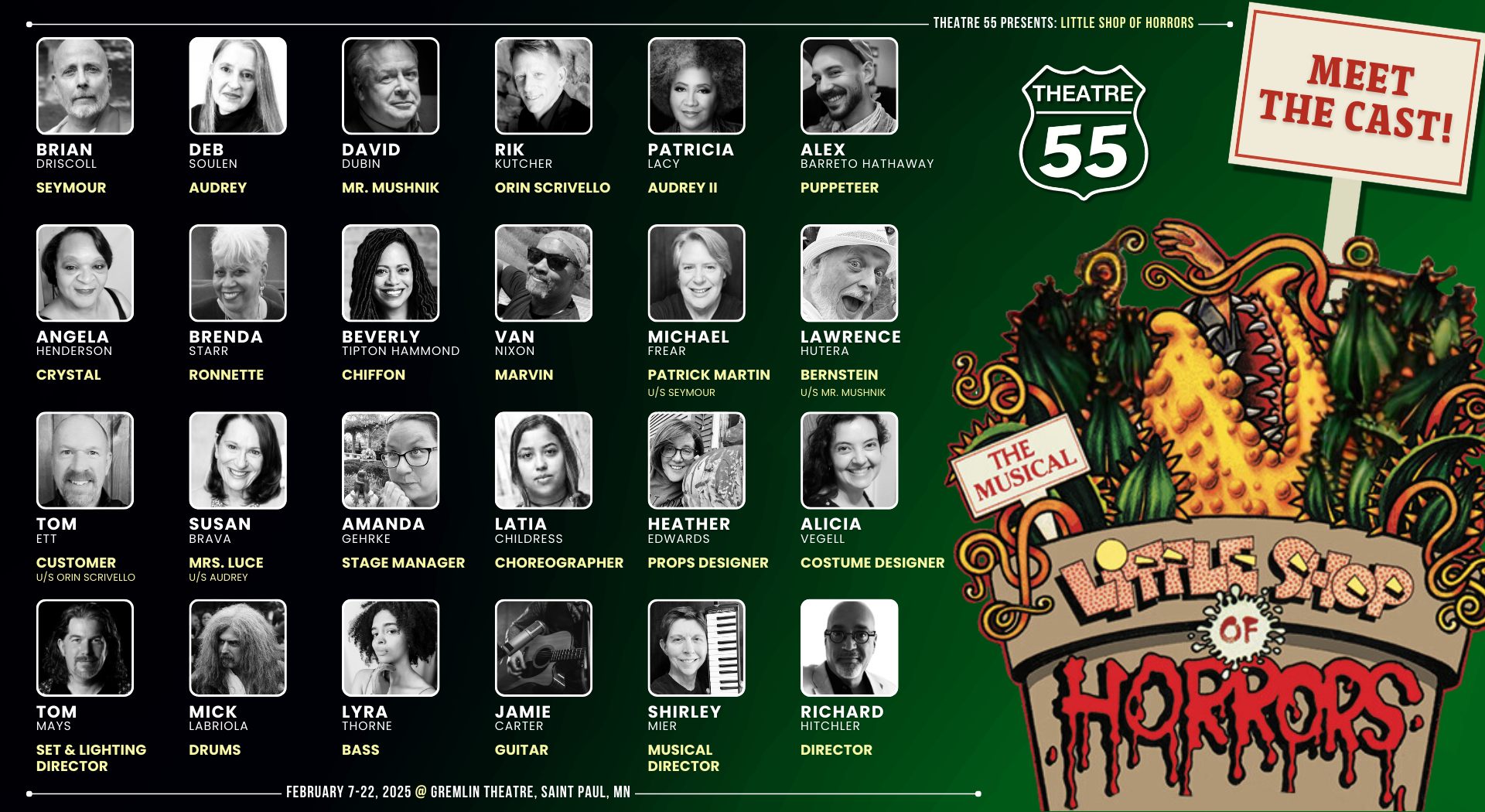
Aynsley Thomas Dunbar (born 10 January 1946) is an English drummer. He has worked with John Mayall, Frank Zappa, Jeff Beck, Journey, Jefferson Starship, Nils Lofgren, Eric Burdon, Shuggie Otis, Ian Hunter, Lou Reed, David Bowie, Mick Ronson, Whitesnake, Pat Travers, Sammy Hagar, Michael Schenker, UFO, Michael Chapman, Jake E. Lee, Leslie West, Kathi McDonald, Keith Emerson, Mike Onesko, Herbie Mannand Flo & Eddie. Dunbar was inducted into the Rock and Roll Hall of Fame as a member of Journey in 2017.
more...Friday January 10th 2025 6pm. Music with Inbal Sharett-Singer, Jayson Rodovsky, Jeff Bailey, Pete Whitman and mick LaBriola.
more...An unassuming region in the constellation Taurus holds these dark and dusty nebulae. Scattered through the scene, stars in multiple star systems are forming within their natal Taurus molecular cloud complex some 450 light-years away. Millions of years youngand still going through stellar adolescence, the stars are variable in brightness and in the late phases of their gravitational collapse. Known as T-Tauri class stars they tend to be faint and take on a yellowish hue in the image. One of the brightest T-Tauri stars in Taurus, V773 (aka HD283447) is near the center of the telescopic frame that spans over 1 degree. Toward the top is the dense, dark marking on the sky cataloged as Barnard 209.
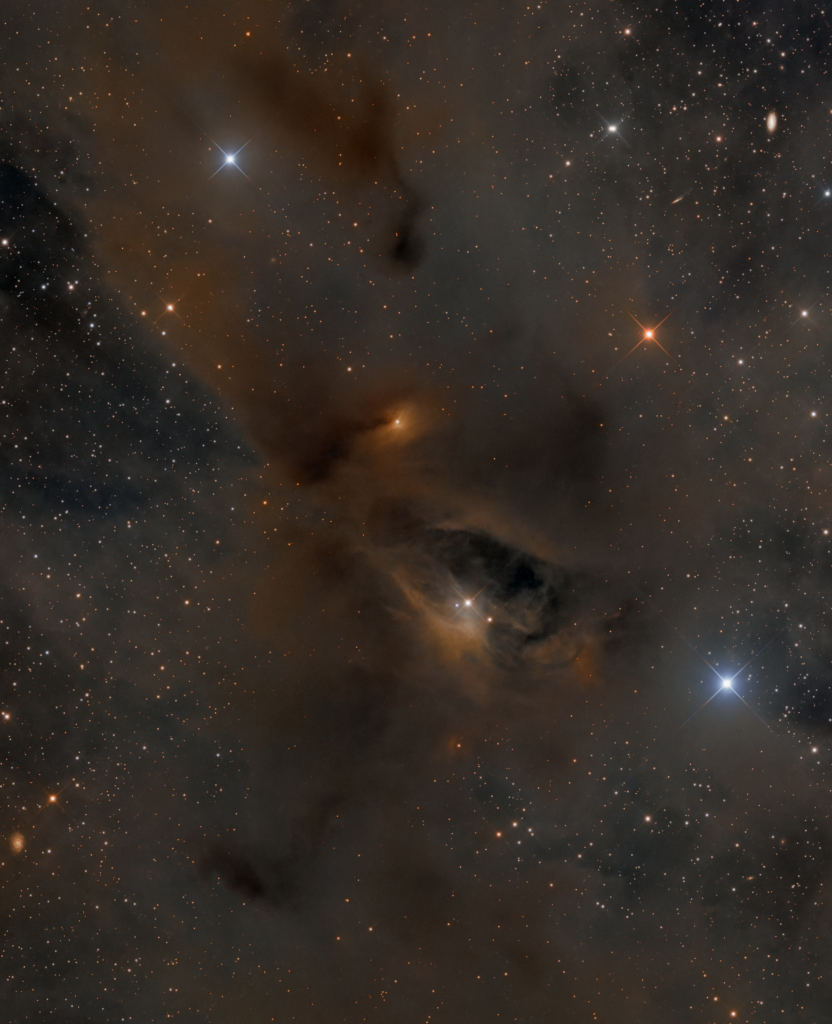
more...
Sir Roderick David Stewart (born 10 January 1945) is a British rock and pop singer and songwriter. Known for his distinctive raspy singing voice, Stewart is among the best-selling music artists of all time, having sold more than 120 million records worldwide. His music career began in 1962 when he took up busking with a harmonica. In 1963, he joined the Dimensions as a harmonica player and vocalist. In 1964, Stewart joined Long John Baldry and the All Stars before moving to the Jeff Beck Group in 1967. Joining Faces in 1969, he also launched a solo career, releasing his debut album, An Old Raincoat Won’t Ever Let You Down, that year. Stewart’s early albums were a fusion of rock, folk music, soul music, and R&B. His third album, 1971’s Every Picture Tells a Story, was his breakthrough, topping the charts in the UK, US, Canada and Australia, as did its ballad “Maggie May“. His 1972 follow-up album, Never a Dull Moment, also reached number one in the UK and Australia, while going top three in the US and Canada. Its single, “You Wear It Well“, topped the chart in the UK and was a moderate hit elsewhere.
After Stewart had a handful more UK top-ten hits, Faces broke up in 1975. Stewart’s next few hit singles were ballads, with “Sailing“, off the 1975 UK and Australian number-one album, Atlantic Crossing, becoming a hit in the UK and the Netherlands (number one), Germany (number four) and other countries, but barely charting in North America. A Night on the Town (1976), his fifth straight chart-topper in the UK, began a three-album run of going number one or top three in the US, Canada, the UK and Australia with each release. That album’s “Tonight’s the Night (Gonna Be Alright)” spent almost two months at number one in the US and Canada, and made the top five in other countries. Foot Loose & Fancy Free (1977) contained the hit “You’re in My Heart (The Final Acclaim)” as well as the rocker “Hot Legs”. Blondes Have More Fun (1978) and its disco-tinged “Da Ya Think I’m Sexy” both went to number one in Canada, Australia and the US, with “Da Ya Think I’m Sexy” also hitting number one in the UK and the top ten in other countries. Stewart’s albums regularly hit the upper rungs of the charts in the Netherlands throughout the ’70s and in Sweden from 1975 onward.
After a disco and new wave period in the late 1970s and early 1980s, Stewart’s music turned to a soft rock/middle-of-the-road style, with most of his albums reaching the top ten in the UK, Germany and Sweden, but faring less well in the US. The single “Rhythm of My Heart” was a top five hit in the UK, US and other countries, with its source album, 1991’s Vagabond Heart, becoming, at number ten in the US and number two in the UK, his highest-charting album in a decade. In 1993, he collaborated with Bryan Adams and Sting on the power ballad “All for Love“, which went to number one in many countries. In the early 2000s, he released a series of successful albums interpreting the Great American Songbook.
In 2008, Billboard magazine ranked Stewart the 17th most successful artist on the “Billboard Hot 100 All-Time Top Artists”.[7] A Grammy and Brit Award recipient, he was voted at No. 33 in Q Magazine‘s list of the Top 100 Greatest Singers of all time.[8] As a solo artist, Stewart was inducted into the US Rock and Roll Hall of Fame in 1994, the UK Music Hall of Fame in 2006, and he was inducted a second time into the Rock and Roll Hall of Fame in 2012 as a member of Faces.[9][10] He has had 10 number-one albums and 31 top-ten singles in the UK, six of which reached number one. Stewart has had 16 top-ten singles in the US, with four reaching number one on the Billboard Hot 100. He was knighted in the 2016 Birthday Honours for services to music and charity.
more...James Joseph Croce (January 10, 1943 – September 20, 1973 Philadelphia ) was an American folk and rock singer-songwriter. Between 1966 and 1973, he released five studio albums and numerous singles. During this period, Croce took a series of odd jobs to pay bills while he continued to write, record and perform concerts. After Croce formed a partnership with the songwriter and guitarist Maury Muehleisen in the early 1970s, his fortunes turned. Croce’s breakthrough came in 1972, when his third album, You Don’t Mess Around with Jim, produced three charting singles, including “Time in a Bottle“, which reached No. 1 after Croce died. The follow-up album Life and Times included the song “Bad, Bad Leroy Brown“, Croce’s only No. 1 hit during his lifetime.
On September 20, 1973, at the height of his popularity and the day before the lead single to his fifth album, I Got a Name, was released, Croce, Muehleisen, and four others died in a plane crash. His music continued to chart throughout the 1970s following his death. Croce’s widow and early songwriting partner, Ingrid, continued to write and record after his death. Their son, A. J. Croce, became a singer-songwriter in the 1990s.
more...Mike Stern (born January 10, 1953 Boston) is an American jazz guitarist. After playing with Blood, Sweat & Tears, he worked with drummer Billy Cobham, then with trumpeter Miles Davis from 1981 to 1983 and again in 1985. He then began a solo career, releasing more than twenty albums.
Stern was named Best Jazz Guitarist of 1993 by Guitar Player magazine. At the Festival International de Jazz de Montréal in June 2007, he was given the Miles Davis Award, which was created to recognize internationally acclaimed jazz artists whose work has contributed significantly to the renewal of the genre. In 2009 Stern was listed on Down Beat‘s list of 75 best jazz guitarists of all time. He received Guitar Player magazine’s Certified Legend Award on January 21, 2012.
more...Maxwell Lemuel Roach (January 10, 1924– August 16, 2007 Newland Township, NC) was an American jazzdrummer and composer. A pioneer of bebop, he worked in many other styles of music, and is generally considered one of the most important drummers in history. He worked with many famous jazz musicians, including Clifford Brown, Coleman Hawkins, Dizzy Gillespie, Charlie Parker, Miles Davis, Duke Ellington, Thelonious Monk, Abbey Lincoln, Dinah Washington, Charles Mingus, Billy Eckstine, Stan Getz, Sonny Rollins, Eric Dolphy, and Booker Little. He also played with his daughter Maxine Roach, a Grammy nominated violist. He was inducted into the DownBeat Hall of Fame in 1980 and the Modern Drummer Hall of Fame in 1992.
In the mid-1950s, Roach co-led a pioneering quintet along with trumpeter Clifford Brown. In 1970, he founded the percussion ensemble M’Boom.
more...The flamenco Taranto is different from the toque libre Tarantas palo, with a strong rhythmic feel structured in a compás of 4s (2/4 or 4/4 time), making it more danceable. The key signature and basic chord structure is the same as Tarantas (two sharps), so their harmonic relationship is clear and distinct. The flamenco Tarantas is a quintessential Toque libre, with very lofty, repetitive ligadophrases (hammer ons/pull offs). Tarrantas have a characteristic technique called arrastre, in which the right hand ring finger (a) drags from the high to the low strings in a quick successive manner (similar to an upstroke but a bit slower and disconnected). Tarantas are commonly notated with no measure bar lines to indicate the free manner in which in should be played. The flameno Tarantas originated in the province of Almería, in the eastern region of Andalusia. Tarantas are sung and played, but not danced. Along with the toque libre and arrastre Tarantas characteristics, Tarantas are also played in the specific mode of F# Phyrgian, with a typical chord structure of B minor, A7, G major, F# major. Open treble strings over these chords is another unique Tarantas quality.
more...The colorful, spiky stars are in the foreground of this image taken with a small telescope on planet Earth. They lie well within our own Milky Way Galaxy. But the two eye-catching galaxies in the frame lie far beyond the Milky Way, at a distance of over 300 million light-years. The galaxies’ twisted and distorted appearance is due to mutual gravitational tides as the pair engage in close encounters. Cataloged as Arp 273 (also as UGC 1810), these galaxies do look peculiar, but interacting galaxies are now understood to be common in the universe. Closer to home, the large spiral Andromeda Galaxy is known to be some 2 million light-years away and inexorably approaching the Milky Way. In fact the far away peculiar galaxies of Arp 273 may offer an analog of the far future encounter of Andromeda and Milky Way. Repeated galaxy encounters on a cosmic timescale ultimately result in a merger into a single galaxy of stars.From our perspective, the bright cores of the Arp 273 galaxies are separated by only a little over 100,000 light-years.
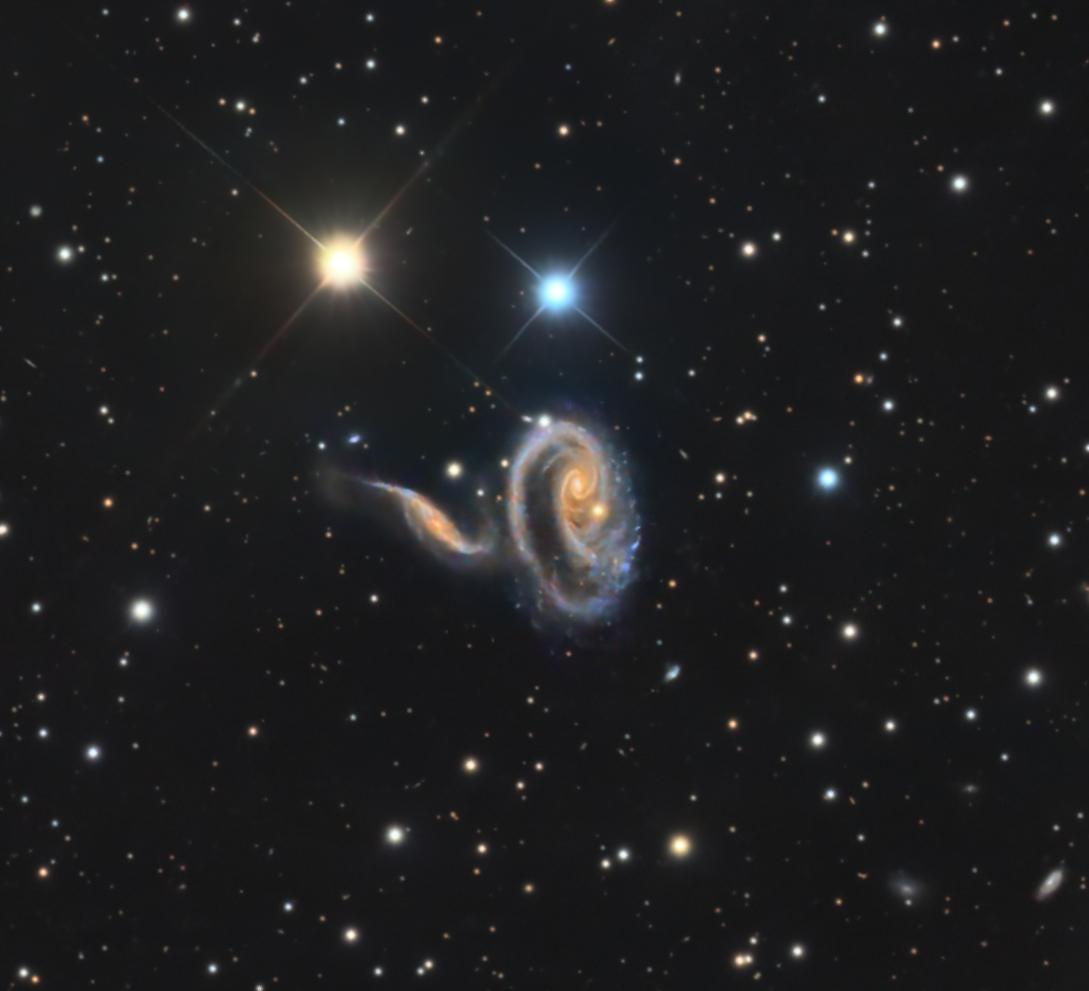
James Patrick Page OBE (born 9 January 1944) is an English musician and producer who achieved international success as the guitarist and founder of the rock band Led Zeppelin. Prolific in creating guitar riffs, Page’s style involves various alternative guitar tunings and melodic solos, coupled with aggressive, distorted guitar tones. It is also characterized by his folk and eastern-influenced acoustic work. He is notable for occasionally playing his guitar with a cello bow to create a droning sound texture to the music.
Page began his career as a studio session musician in London and, by the mid-1960s, alongside Big Jim Sullivan, was one of the most sought-after session guitarists in Britain. He was a member of the Yardbirds from 1966 to 1968. When the Yardbirds broke up, he founded Led Zeppelin, which was active from 1968 to 1980. Following the death of Led Zeppelin drummer John Bonham, he participated in a number of musical groups throughout the 1980s and 1990s, more specifically XYZ, the Firm, the Honeydrippers, Coverdale–Page, and Page and Plant. Since 2000, Page has participated in various guest performances with many artists, both live and in studio recordings, and participated in a one-off Led Zeppelin reunion in 2007 that was released as the 2012 concert film Celebration Day. Along with the Edge and Jack White, he participated in the 2008 documentary It Might Get Loud.
Page is widely considered to be one of the greatest and most influential guitarists of all time. Rolling Stone magazine has described Page as “the pontiff of power riffing” and ranked him number three in their 2015 list of the “100 Greatest Guitarists of All Time”, behind Jimi Hendrix and Eric Clapton, and ranking 3rd again in 2023 behind Chuck Berry and Jimi Hendrix. In 2010, he was ranked number two in Gibson‘s list of “Top 50 Guitarists of All Time” and, in 2007, number four on Classic Rock‘s “100 Wildest Guitar Heroes”. He was inducted into the Rock and Roll Hall of Fame twice: once as a member of the Yardbirds (1992) and once as a member of Led Zeppelin (1995).
more...Joan Chandos Baez ( born January 9, 1941) is an American singer, songwriter, musician, and activist. Her contemporary folk musicoften includes songs of protest and social justice. Baez has performed publicly for over 60 years, releasing more than 30 albums.
Baez is generally regarded as a folk singer, but her music has diversified since the counterculture era of the 1960s and encompasses genres such as folk rock, pop, country, and gospel music. She began her recording career in 1960 and achieved immediate success. Her first three albums, Joan Baez, Joan Baez, Vol. 2 and Joan Baez in Concert, all achieved gold record status. Although a songwriter herself, Baez generally interprets others’ work, having recorded many traditional songs and songs written by the Allman Brothers Band, the Beatles, Jackson Browne, Leonard Cohen, Woody Guthrie, Violeta Parra, the Rolling Stones, Pete Seeger, Paul Simon, Stevie Wonder, Bob Marley, and many others. She was one of the first major artists to record the songs of Bob Dylan in the early 1960s; Baez was already an internationally celebrated artist and did much to popularize his early songwriting efforts. Her tumultuous relationship with Dylan later became the subject of songs from both and generated much public speculation. On her later albums she has found success interpreting the work of more recent songwriters, including Ryan Adams, Josh Ritter, Steve Earle, Natalie Merchant, and Joe Henry.
Baez’s acclaimed songs include “Diamonds & Rust” and covers of Phil Ochs‘s “There but for Fortune” and the Band‘s “The Night They Drove Old Dixie Down“. She is also known for “Farewell, Angelina“, “Love Is Just a Four-Letter Word“, “Forever Young“, “Here’s to You“, “Joe Hill“, “Sweet Sir Galahad” and “We Shall Overcome“. Baez performed fourteen songs at the 1969 Woodstock Festival and has displayed a lifelong commitment to political and social activism in the fields of nonviolence, civil rights, human rights, and the environment. Baez was inducted into the Rock and Roll Hall of Fame on April 7, 2017.
more...John Paul “Bucky” Pizzarelli (January 9, 1926 – April 1, 2020 Paterson, NJ) was an American jazz guitarist.
He was the father of jazz guitarist John Pizzarelli and double bassist Martin Pizzarelli. He worked for NBC as a staffman for Dick Cavett (1971) and ABC with Bobby Rosengarden in (1952). Musicians he collaborated with include Benny Goodman, George Barnes, Les Paul, Oscar Peterson, Stéphane Grappelli, Benny Green, and Antônio Carlos Jobim. Pizzarelli cited as influences Django Reinhardt, Freddie Green, and George Van Eps.
more...Kenneth Clarke Spearman (January 9, 1914 – January 26, 1985), known professionally as Kenny Clarke and nicknamed Klook, was an American jazz drummer and bandleader. A major innovator of the bebop style of drumming, he pioneered the use of the ride cymbal to keep time rather than the hi-hat, along with the use of the bass drum for irregular accents (“dropping bombs”).
Born in Pittsburgh, Pennsylvania, he was orphaned at the age of about five and began playing the drums when he was eight or nine on the urging of a teacher at his orphanage. Turning professional in 1931 at the age of seventeen, he moved to New York City in 1935 when he began to establish his drumming style and reputation. As the house drummer at Minton’s Playhouse in the early 1940s, he participated in the after-hours jams that led to the birth of bebop. After military service in the US and Europe between 1943 and 1946, he returned to New York, but from 1948 to 1951 he was mostly based in Paris. He stayed in New York between 1951 and 1956, performing with the Modern Jazz Quartet and playing on early Miles Davis recordings. He then moved permanently to Paris, where he performed and recorded with European and visiting American musicians and co-led the Kenny Clarke/Francy Boland Big Band between 1961 and 1972. He continued to perform and record until the month before he died of a heart attack in January 1985.
more...More Posts
- World Music with Ambi Subramaniam
- Daily Roots with Slim Smith
- The Cosmos with NGC 3169 & SN2003cg
- Chico Freeman Day
- Ben Riley Day
- Joe Morello Day
- World Music with Dobet Gnahoré
- Daily Roots with Linval Thompson
- The Cosmos with VV 166
- Desmond Dekker Day
- Cal Tjader Day
- World Music with VISHWA MOHAN BHATT
- Daily Roots with the Skatalites
- The Cosmos with M57
- Philly Joe Jones Day
- Sadik Hakim Day
- World Music with Abdelslam Alikane Souiri et Songhoy Blues
- Daily Roots with Lee Perry
- DRUM JAM 7-14-18
- The Cosmos with SDSS J0333+0651

